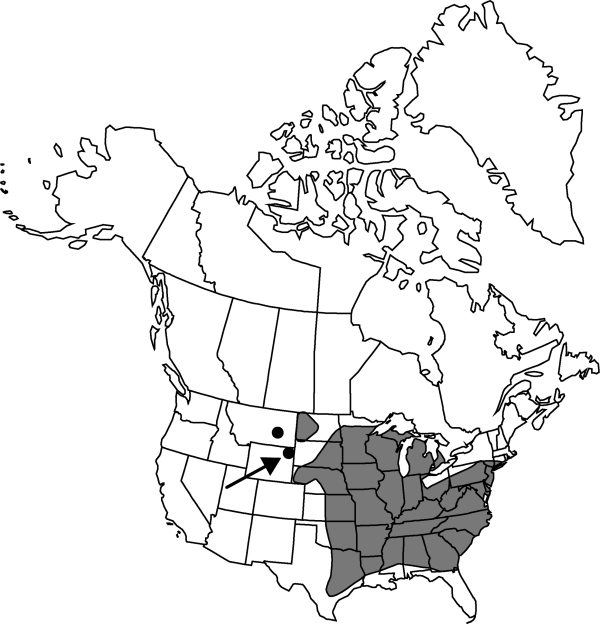Chenopodium standleyanum
Repert. Spec. Nov. Regni Veg. 26: 153. 1929.
Stems erect, branched, 2–6 dm, glabrous. Leaves nonaromatic; petiole 0.5–2.5 cm; blade oblong-ovoid to lanceolate, 2–4.5 × 0.5–1.5 cm, base cuneate, margins entire or proximal ones with few teeth, apex acute to acuminate, sparsely farinose. Inflorescences glomerules in terminal and lateral spikes and panicles, 6–15 cm; glomerules irregularly globose, 0.5–2 mm diam., flowers in different stages of development; bracts absent. Flowers: perianth segments 5, distinct nearly to base; lobes obovate, 0.5–0.7 × 0.5–0.7 mm, apex rounded, faintly keeled or not keeled, scarcely farinose, partly covering fruit at maturity; stamens 5; stigmas 2, 0.2 mm. Utricles depressed-ovoid; pericarp nonadherent, smooth. Seeds lenticular, margins round, 0.9–1.3 mm diam.; seed coat black, reticulate-alveolate to smooth. 2n = 18.
Phenology: Fruiting Sep.
Habitat: Shaded wooded areas in disturbed soils
Elevation: elevation not known
Distribution

Ont., Ala., Ark., Conn., Del., Ill., Ind., Iowa, Kans., Ky., La., Md., Mich., Minn., Miss., Mo., Mont., Nebr., N.J., N.Y., N.C., N.Dak., Ohio, Okla., Pa., S.C., S.Dak., Tenn., Tex., Va., W.Va., Wis., Wyo.
Discussion
Selected References
None.
